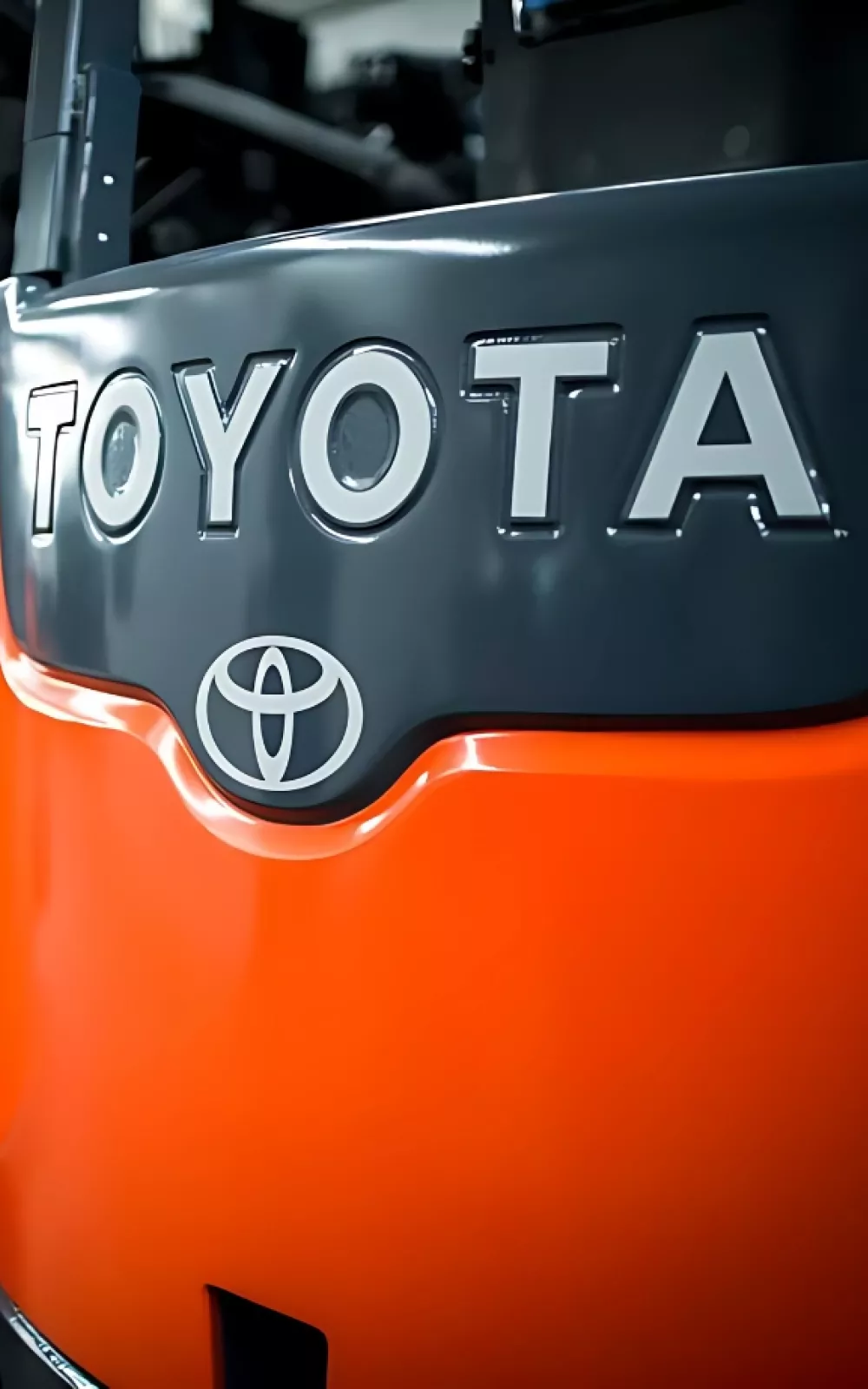Rent
ProLift offers daily, weekly, and monthly rentals. Find the right equipment for maximum productivity and safety.
Let us know how we can assist you! A ProLift specialist will connect with you to help with your material handling needs.
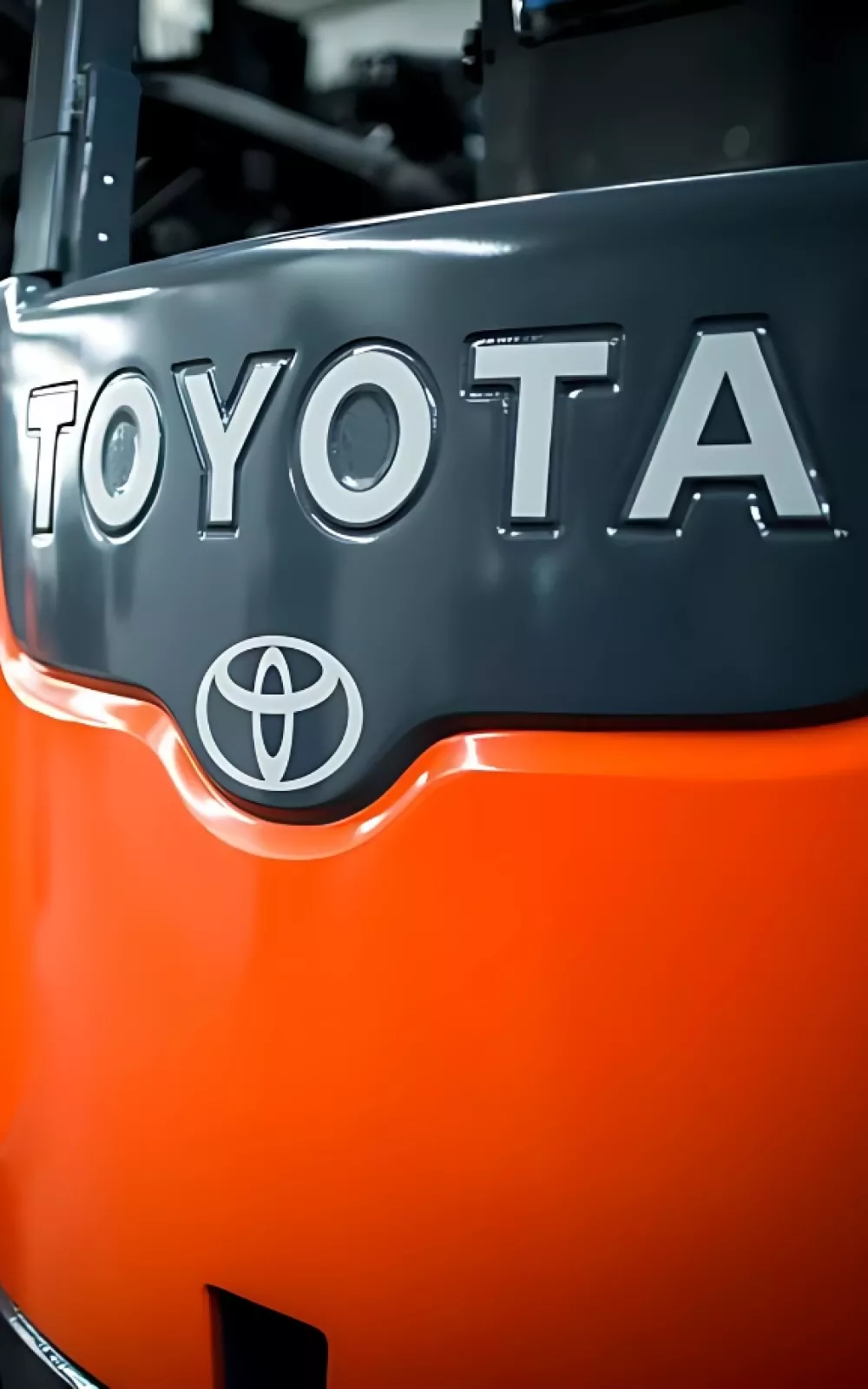
Choosing the right forklift mast is essential for meeting your lifting requirements and optimizing productivity. Learn about different mast types, their advantages, and how to select the best fit for your specific application and operational needs.
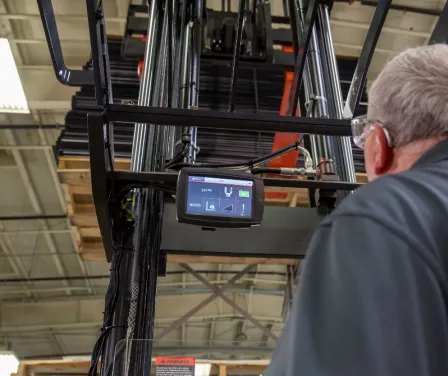
Forklift masts are basic components of a forklift, but depending on your warehouse design, it’s important you have the correct mast type. There are four basic types of forklift masts: standard, duplex, triple stage and quad.
Before purchasing your forklift, whether new or used, research the measurements required for your warehouse and daily operation.
Identify and measure your highest shelf to determine your lift height requirements. For added safety and efficient product handling, add an extra 6-8 inches to this measurement. This extra space allows a forklift operator additional clearance to lift above the pallet racking and avoid dragging the product as it’s loaded or unloaded.
Some forklifts travel in the warehouse and must enter and exit doorways. Perform a walk-through of your building, measuring doorway heights to learn your lowered height requirement.
If your production also requires forklift operation on trailers, this task can affect forklift mast selection. Learn if your product is delivered in overseas containers, which can be smaller.
When working in a confined space, two features should be noted – free lift and load backrest. Free lift is defined as the distance the carriage/fork assembly can be lifted without increasing the lowered height. All forklifts have free lift, but some forklift masts have full free lift. This is an advantage when lifting and stacking in trailers.
Forklifts also come standard with a 48” load backrest. During lift the load backrest raises beyond the forklift mast. If your warehouse has height restrictions a modification may be necessary to avoid damage to ceilings, sprinklers, etc.
Don’t compromise on the quality of your Toyota forklift. Contact ProLift to request Toyota Genuine Parts and ensure optimal performance and warranty protection.
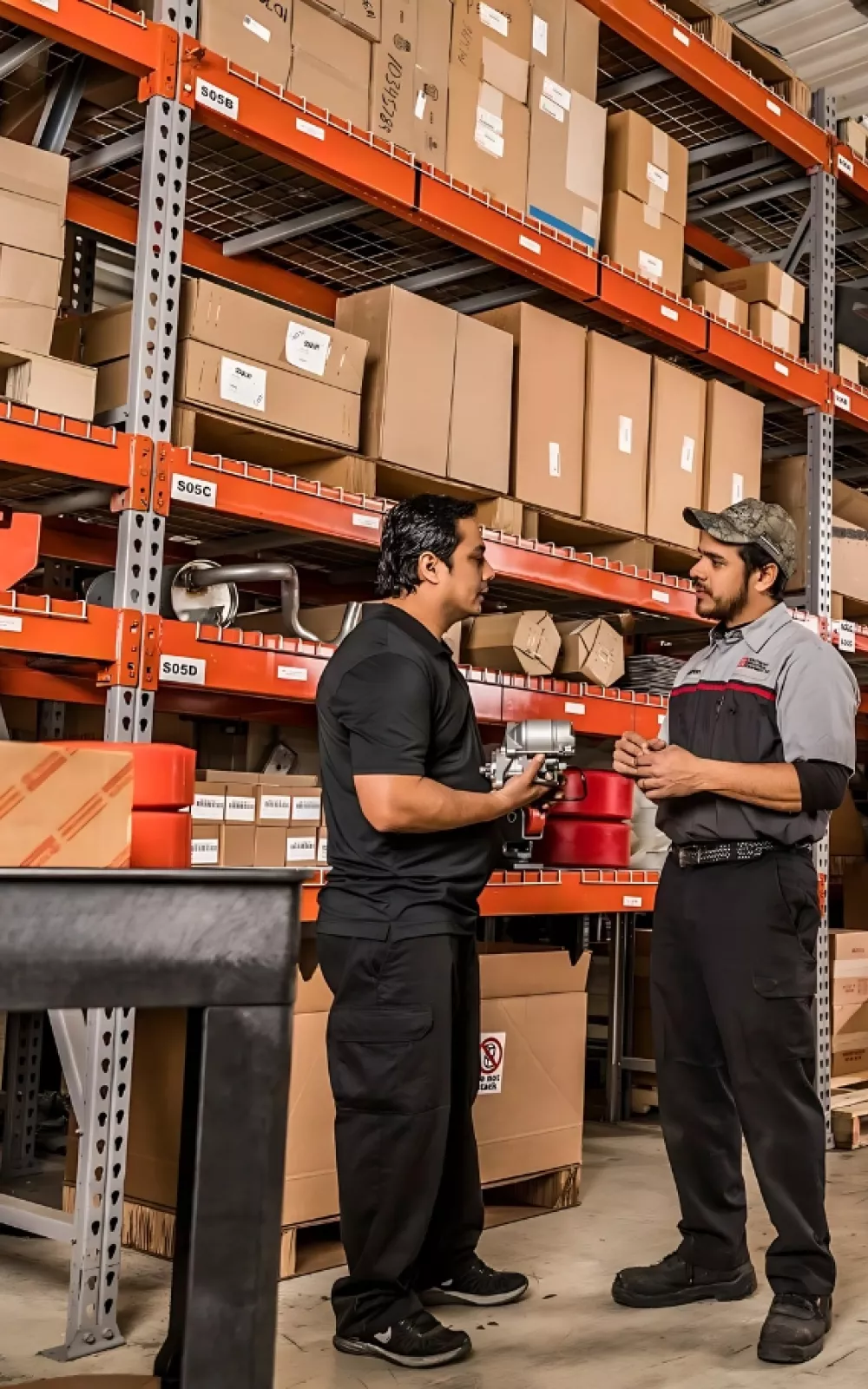
The standard upright is a two-stage assembly with two rails, one stationary and one movable inner rail. This upright uses two side-mounted lift cylinders to provide direct lift to the inner rails and indirect chain lift to the carriage/fork assembly. The chain raises the carriage at a rate of two inches for every inch of cylinder rod extension.
The duplex upright is a two-stage assembly with full free lift, similar in appearance and function to a standard upright. However, it features a primary, center-mounted cylinder that provides full free lift. This primary cylinder lifts the carriage at a 2-to-1 ratio, raising it to the top of the inner rails before hydraulic fluid is redirected to the side-mounted secondary cylinders for direct rail lift.
The triple stage upright uses three sets of rails, two movable rails and one stationary rail for three stage lift with full free lift. The same principles of operation apply in triple-stage lift as the hi-lo model but with an extra stage of lift. The primary cylinder provides the full free lift of the carriage and forks. The secondary lift cylinders are attached to the intermediate rails. When these cylinders begin lift, they lift the intermediate rails directly while the chains pull the inner set of rails along with the carriage/fork assembly.
The quad upright features four sets of rails and an additional set of chains, enabling four stages of lift with full free lift. It operates similarly to a triple-stage upright but includes a second set of chains and pulleys, powered by the secondary lift cylinders, to provide the fourth stage of lift.
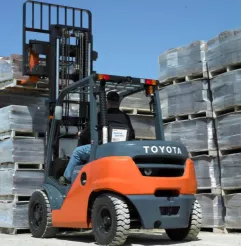
The equipment you have may not align with what you need. Collaborate with ProLift sales consultants to review your short- and long-term production goals, budgets, and material handling trends. They’ll provide tailored equipment options and solutions to meet your specific needs.
A forklift mast has five main components which work together to achieve lift. Forklift operators and service personnel must know the dimensional forklift mast specifications to ensure their equipment’s assembly is not too tall for a work area.
The distance from the floor to the top of the collapsed rail assembly. To learn if the forklift fits through a doorway, check the OAHL.
The distance from the floor to the top surface of the forks with the forklift mast fully extended. This determines the maximum height that loads can be stacked.
The distance from the floor to the top of the carriage/fork assembly with the forklift mast fully extended. This determines the overhead clearance required for full extension stacking.
The distance the carriage/fork assembly can be lifted without increasing the OAHL. All forklift masts have a few inches of free lift so that a load can be raised off the floor. Some forklift masts can provide a full free lift, meaning the forks can be raised to the top of the inner rails without increasing OAHL, an advantage when lifting and stacking in trailers or rail cars, for example.
Term used to describe the “window” an operator has through the forklift mast assembly. The compact, center-mounted primary lift cylinder, and close nesting of rails provides operators with a clear view for loading and stacking operations.
It’s important a forklift’s mast chains are visually inspected by forklift operators every day. ProLift can assist you with maintenance programs, serving your forklift at regular intervals based on operating hours.
As a full-service material handling dealer, ProLift can help you with questions and solutions for your equipment, service, parts and more. Tell us how we can help.

Let us know how we can assist you! A ProLift specialist will connect with you to help with your material handling needs.
